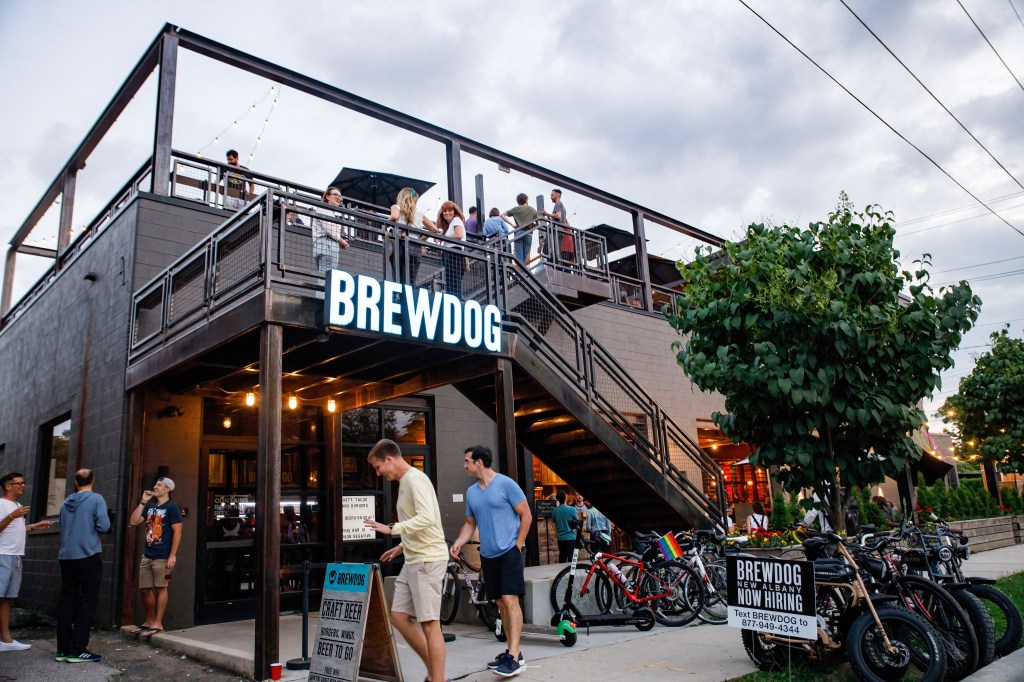
Margate is, and always has been, a town that throws its arms around its inhabitants. From day-trippers, to permanent residents, it welcomes the tired, lonely and just plain ordinary souls who want to be back near the water, breathing in that British sea-air.
I was born in Margate and for the majority of my early life grew up exploring the eerie arcades, abandoned shop fronts and burnt out theme park at the heart of the town. The sea breeze always kept the pavements wet and the sun never seemed to hang too high in the sky (even on an perfect Margate summer’s day). This atmosphere permitted an idyllic youth for the inquisitive people I knocked around with during that time.

Prior to the EasyJet generation snapping up £5 flights to Magaluf and Marbella, Margate was a beloved tourist destination; from the Victorians to post-war socialites, it was crowded with holidayers and shoreline fanatics. But like many British seaside resorts, it fell from being a treasured and beautiful location, with hundreds of attractions and amenities, to what looked liked the set of Tarkovsky’s Stalker. The reasons behind this are plentiful but this piece is not about exploring the place’s decline, but rather celebrating a town that has inspired me for over 20 years.
The seafront skyline is a resolutely dominant one, and is one of my earliest visual memories of Margate. Standing opposite the train station is the ominous and brutalist structure of Arlington House, which always reminded me of a colossal gravestone, standing tall over “the coastal town they forgot to knock down”. It is also a recurring motif in many of my images, the “tower of the town” in all its abstract beauty looming over the neon-lit promenades.
Videos by VICE

This beautiful yet heavy building has provided a refuge for the town’s skateboarders and punks, who hang out in the car park sitting below the main tower. I’ve wasted away countless hours building ramps, spraying sketchy Dogtown logos on the thick walls and generally acting like any teenager would in a town like this.
Directly behind Arlington House is the disused plot of land that formely housed Dreamland – a popular theme park in its time which, by the time I arrived at the end of my teenage years, had burnt down several times over; leaving the oldest rollercoaster in the UK – the Scenic Railway – a distorted mess of scorched wood and twisted metal. Breaking into spaces like this and wandering around was all there was to do in Margate; the whole town and wider area of Thanet was fair game, a place where anything and nothing was possible.

These spaces existed in between the functioning real world of Margate (the garish seaside shops and fry-up cafes on the front) and a dreamy architectural graveyard, rife with opportunities for discovery and delinquency.
This, combined with the characters and community, are what has drawn me to discover the town with my camera; the people have always been warm and a bizarre situation or encounter always seems to be just round the corner.

Some of these images are close to a decade old, some are recent and many fall somewhere in between. They are an ode to growing up weird, trying to figure out life in a disregarded coastal town and a celebration of the character of similar towns all over Britain.
I’d advise anyone with a bit of spare time on their hands to visit. I’d recommend you holiday there, live there, even. What are you waiting for? Dreamland awaits you.
Previously – A Love Letter to Deptford
These images make up a wider of body of work captured within Luke’s new book, From Plague Pit to Chalk Cliff – available here.
And for more of his work on Margate, click through.















